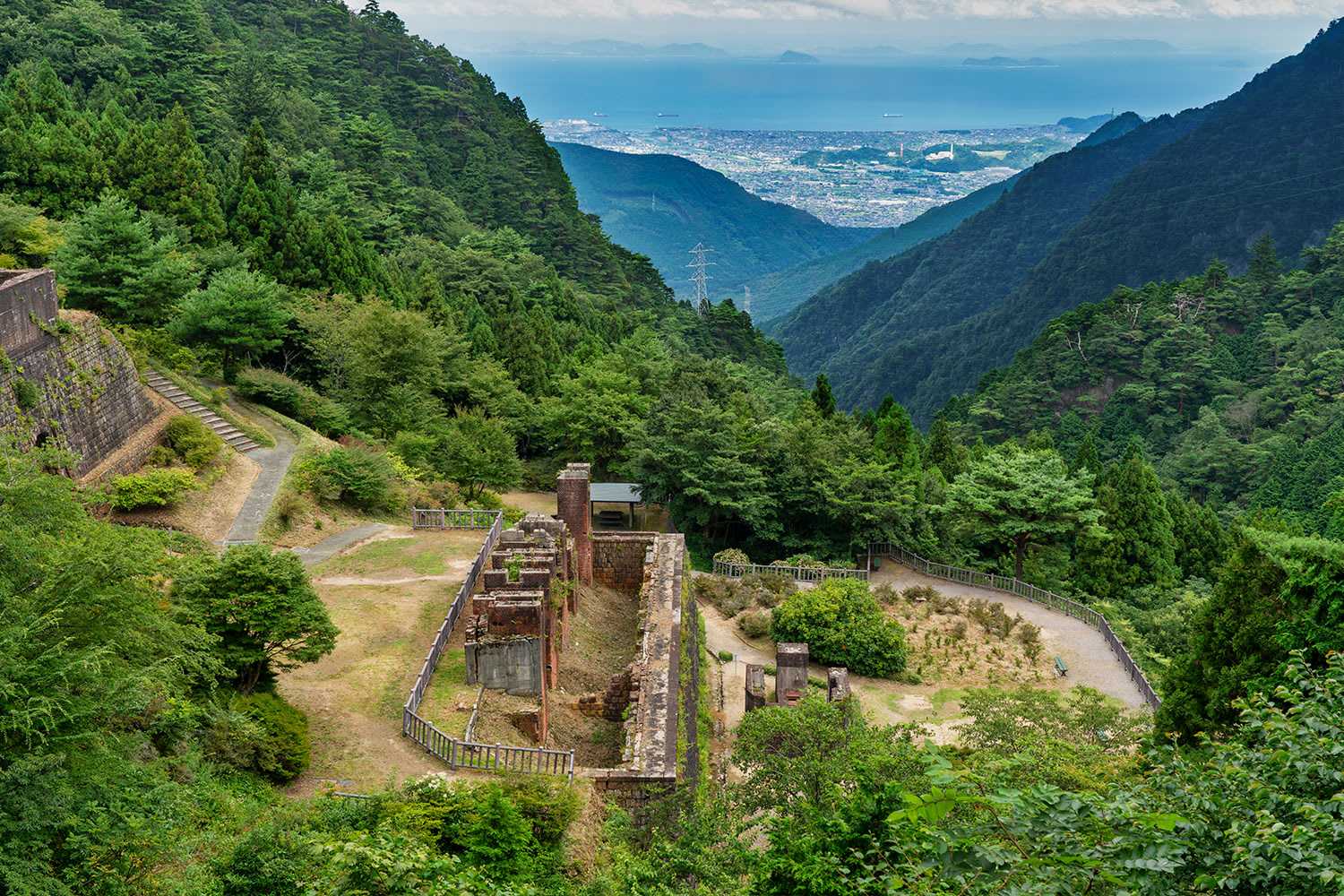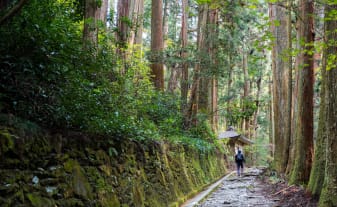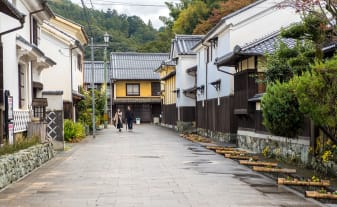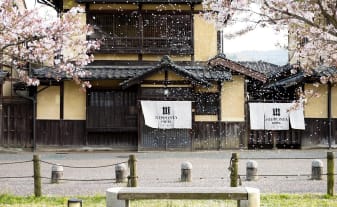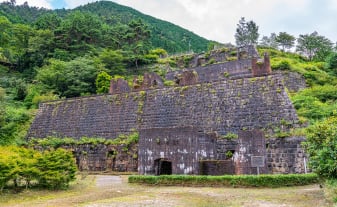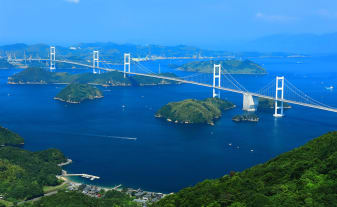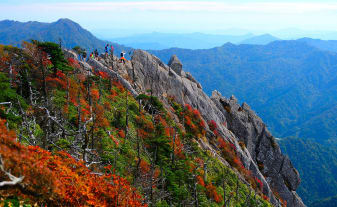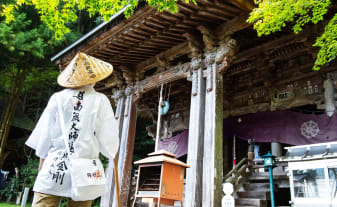 STORIES & GUIDES
STORIES & GUIDES
Uncovering Ehime’s Copper Heritage

Explore one of Japan’s largest copper mines through its ruins, remaining infrastructure, and museums, to learn about its history, and economic and environmental impact. The Besshi Copper Mine in the mountains of northeastern Ehime closed in 1973 after operating for almost 300 years. The abandoned facilities were slowly reclaimed by nature and the former mining site now draws visitors for its unique visual appeal.
-
A mine that powered a nation
In 1690, a copper vein was discovered near the village of Besshiyama in the Akaishi Mountains. The Besshi Copper Mine was established the following year, and by 1698 its annual output accounted for a quarter of the national total. Through the late seventeenth and early eighteenth centuries, copper accounted for over 60 percent of Japan’s exports, contributing to the nation’s wealth and modernization. The mine remained a major source of copper until the mid-twentieth century, when the copper veins became too deep to continue mining economically. The mine was eventually closed in 1973.
You can learn more about the mine’s history at the Besshi Mine Museum. Exhibits range from artifacts such as geological samples and ancient mining tools to intricate dioramas and photos that depict daily life in the mining communities. The semi-underground building is built into the side of a mountain and designed to give visitors the impression of entering a mine; the interior is dimly lit and there is a solitary light shaft in the ceiling through which sunlight pools onto the dark floor. The museum’s azalea-covered rooftop is a spectacle in itself when the flowers bloom in May. -
Explore a mining theme park
Minetopia Besshi is a family-friendly theme park built on the industrial remains of the Besshi Copper Mine. The park is split into two zones—the Hadeba zone and the Tonaru zone—where visitors can experience and learn about the mine through the remaining facilities, tunnels, and rail tracks.
The main area of the park is Hadeba, which was the logistics center of Besshi Copper Mine after the headquarters were moved there in 1930 from the Tonaru area. Highlights include miniature steam locomotives, educational displays, and interactive educational experiences such as gold panning. After exploring the mines, relax at Besshi Hotsprings, known as Tenku no Yu, or “Heaven’s Waters,” which has saunas, jacuzzi-style baths, and open-air baths. -
Discover the Machu Picchu of the East
Farther up the mountain, the Tonaru zone remains largely untouched. Here you can find the striking remains of the Tonaru mining town at an altitude of 750 meters. Often referred to as the “Machu Picchu of the East” for its impressive brick and stonework ruins, the former town was once home to a population of 3,700 at its peak in the early twentieth century. It encompassed the former mine headquarters and various mining facilities, as well as residential buildings including schools, a hospital, and entertainment venues.
After the mine closed, the town was abandoned, and its buildings and facilities gradually deteriorated. Much of the town succumbed to the encroaching forest and most traces of its existence vanished. Explore remains like the ore-sorting yard and ore storehouse on guided tours. The nearby Tonaru Historical Museum offers a glimpse into the town’s bustling past through dioramas, photographs, videos, and other exhibits. -
Environmental impact and repair
Mining operations generate significant hazardous waste, posing challenges for proper disposal. You can visit several sites and facilities to learn more about the efforts to reduce the environmental impact of the mining operations. Japan’s oldest steel arch bridge, the Otoshi Bridge, played a role in preventing runoff from polluting the local waterways. The bridge was part of a water channel that transported wastewater 16 kilometers from the mine to the sea, thereby minimizing the contamination of the rivers with heavy metals.
Copper smelting released sulfur dioxide which contributed to air pollution and acid rain, damaging forests and farmlands. The initial solution to the problem was to move smelting plants onto the uninhabited island of Shisakajima in 1904, but this dispersed emissions over an even wider area. The problem persisted until 1939 when new facilities were constructed to significantly reduce sulfur dioxide emissions.
Higurashi Villa was built on Shisakajima Island to monitor emissions following the relocation of the smelters. The two-story wooden western-style building was restored and moved inland to a mountainside in Niihama City in 2016. It is now open to the public as the Higurashi Villa Memorial Museum. Exhibits give details on the battle against air pollution and cover the history of Shisakajima Island.
-
Walking & Hiking
-
Eastern Ehime (Toyo)
-
Museums & Galleries
-
Family Friendly
-
Hot Springs
-
Guided Tours
-
Cultural Heritage
-
Historic Sites & Monuments
-
Top Attractions
-
Sustainability & Conservation
Related Articles
Eastern Ehime (Toyo)
Cycle the Shimanami Kaido, explore the islands and whirlpools of the Seto Inland Sea, and delve into the Toyo region’s industrial heritage.






